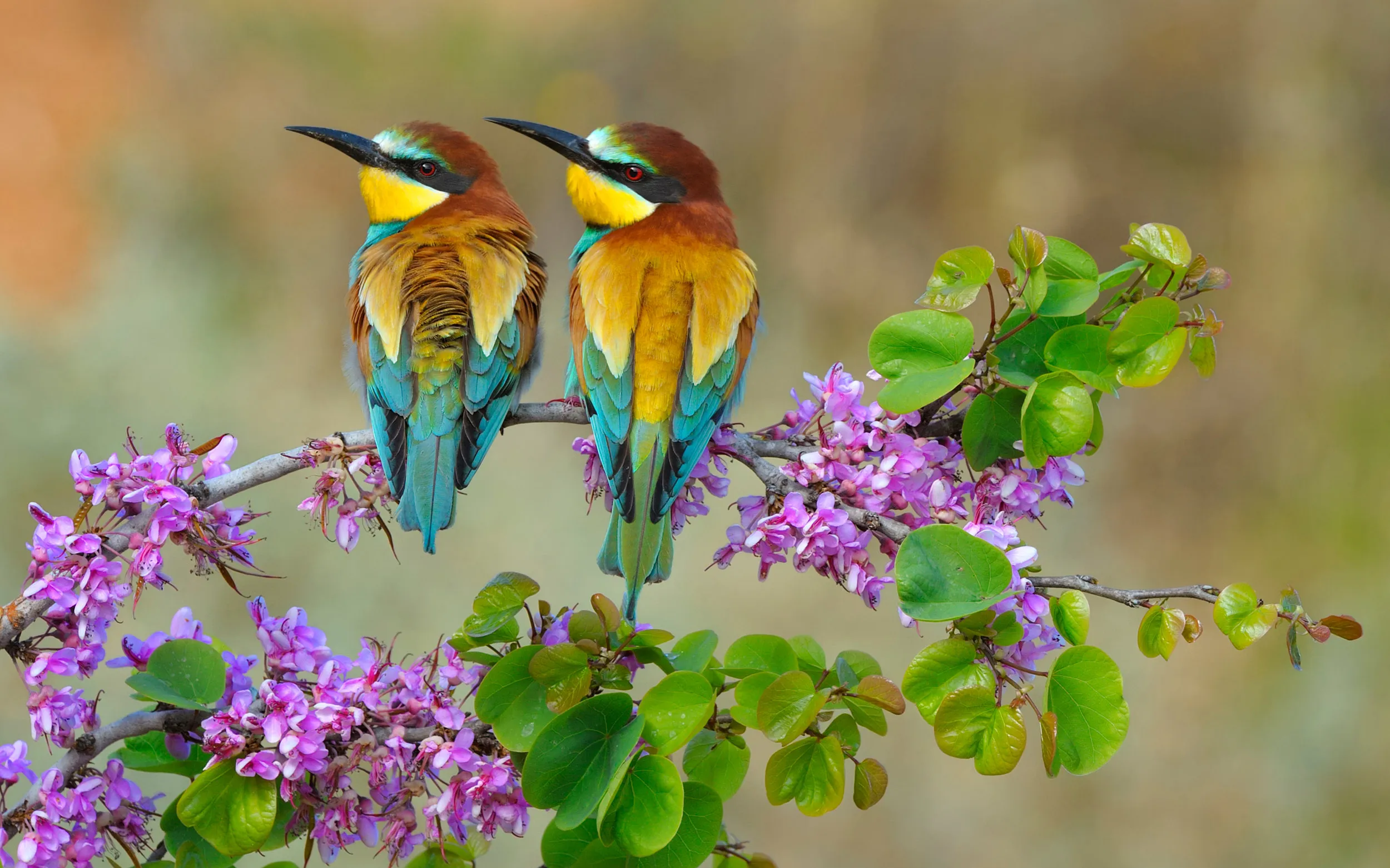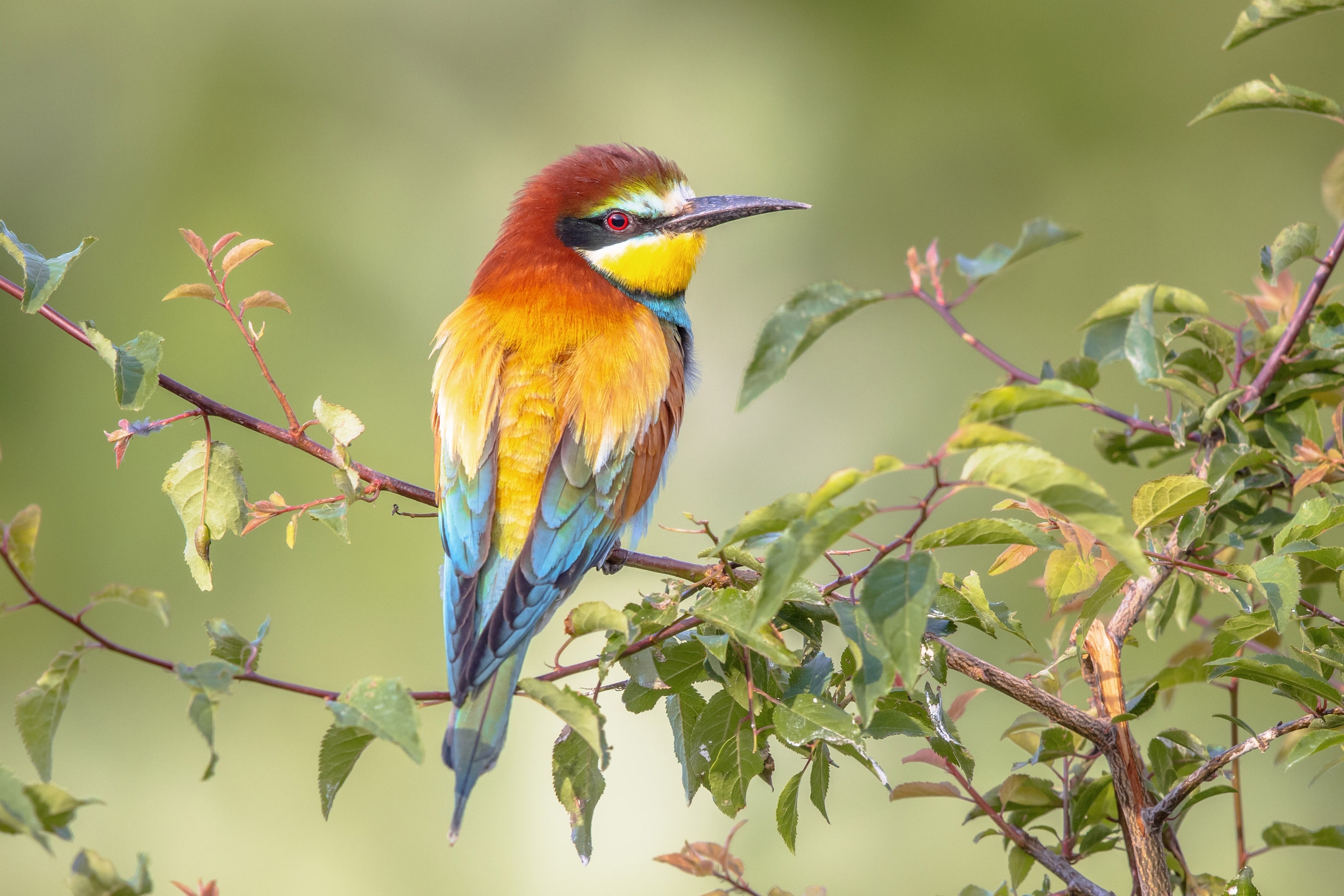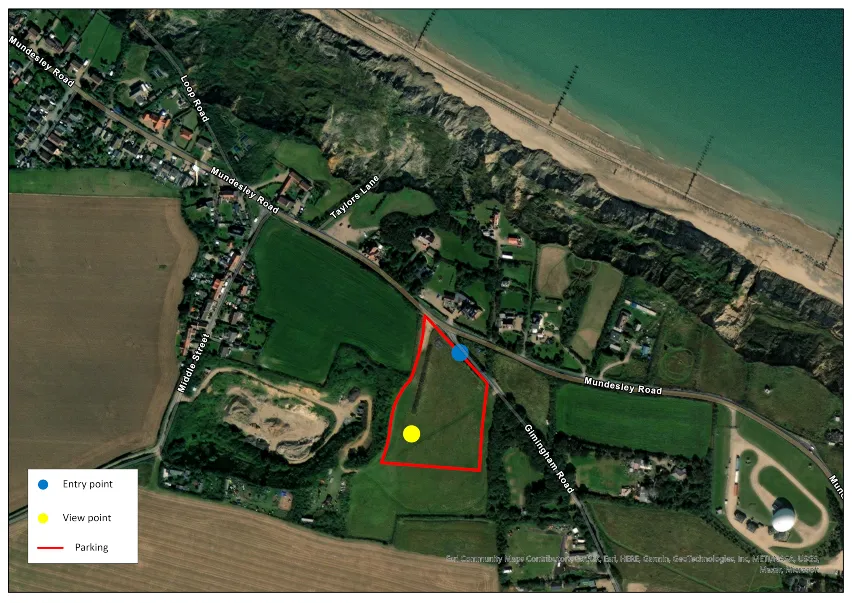News
Population of UK’s tallest bird hits record-breaking high
More than 250 Cranes now grace the UK’s wetlands, the highest level since these elegant birds were lost from these lands...
Like rainbow clad rock stars, European Bee-eaters know how to get a crowd buzzing. Sightings of these colourful characters are increasing in the UK and this year, they can be seen in Norfolk - the same site as last year! Here’s all you need to know about these avian A-listers.

There are 27 different types of Bee-eaters in the world, mostly found in Africa and Asia. As the name suggests, most like to eat bees and other flying insects such as dragonflies. They sit patiently and then dart out from a perch and catch them in mid-air. Once caught they bash the bee or wasp against a branch to remove the sting and venom.

It’s the European Bee-eater. These technicolour wonders normally nest in southern Europe and north Africa before heading down to southern Africa in winter. Like many Bee-eaters, they like company, nesting together in small groups where they can be heard chattering away with a “prrrp prrrp prrrp” call. They’re not scared of getting their beaks dirty and dig their own nest holes in sandbanks or quarries. They usually pair up for life, with males serenading the females with songs, aerial courtship displays and gifts of food.
Where do we start? They’re a slender bird around the size of a starling with long pointed black beak. Their feathers are a riot of shades which look like they have been handpicked by either an eccentric fashion designer or an imaginative five-year-old child. Bright bursts of yellow, contrast with rusty reds, marine blues, vibrant oranges and dark greens. Males and females look pretty similar with the younger birds generally paler all over.

A small number of Bee-eaters have taken up summer residency at a disused quarry in Trimingham, near Cromer in Norfolk. More birds have also been spotted nearby.
All being well, the birds could be on site until mid-late August.
In short, no. Bee-eaters search a large area for food and eat many different types of flying insects including different species of bee. We don’t expect this small colony to make a big impact on local bee populations.
Yep, This is the seventh time since 2001 but it is the first time the summer visitors have returned to the same site in consecutive years.
Previous nest sites have been all over – from the Isle of White to Cumbria to County Durham.

There are a combination of factors, but climate change is thought to be playing a major part. The arrival of these Bee-eaters in the UK, while exciting, is a stark reminder of our overheating planet. If we don’t take action to curb greenhouse gas emissions, searing temperatures, disruption and increased threats to wildlife will be in store for all of us.
Yes! The site is open 7am-7pm and the charge is £5 per person, to cover site monitoring. We can currently only accept cash.
There is a viewing area near the nesting site, and a car park. It is located to the east of the quarry in a large grass field off Gimingham Road at TG284384 or what3words.com/bars.september.worked
Here’s a link to the Google map of the location.
.jpg)
By train
Gunton is the closest station (3.6 miles from the site) with trains running to/from Norwich every two hours. You can walk or cycle from the train station (see 'by bike' for more details). Alternatively you can get the train to Cromer (5.4 miles from the site) and then catch the bus to site (see 'by bus' for more details).
By bus
The Coast Hopper CH2 runs from Cromer and stops in Trimingham, from the bus stop it is then a 5 minute walk to the site. The timetable can be found here.
By bike
The site is accessible by bike and is a 20 minute ride from Gunton train station, through quiet back lanes.
By road
We are accessible from Gimingham Road. Find us on Google Maps here.

Yes, there is easy access to the viewpoint. The grass is flat and it is not far from the car park. Those less able can park at the viewpoint – just speak to the wardens as you arrive.
Mornings usually have fewer visitors and can give you the best light for those perfect pics. The birds have been playing to the crowds and seem to stick around, only taking short foraging trips but never leaving the site for long. We can’t guarantee anything when it comes to wildlife, but you stand a very good chance of seeing them.
Yes, we have teamed up with the landowner and the North-East Norfolk Bird Club to monitor the site. Members of the team together with an amazing group of volunteers, are there 24 hours a day to try and protect the birds from any harm.